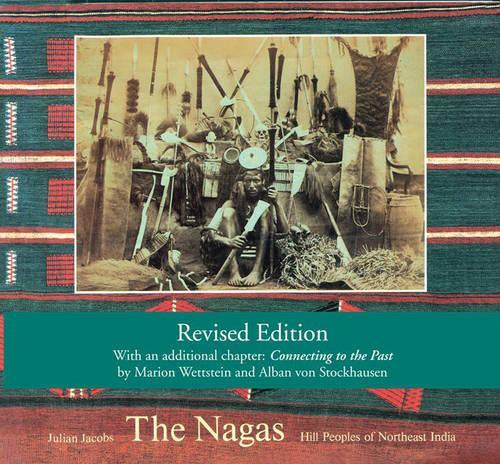
The Nagas: Hill Peoples of Northeast India: Society, Culture and the Colonial Encounter
(Paperback, New expanded edition)
Publishing Details
The Nagas: Hill Peoples of Northeast India: Society, Culture and the Colonial Encounter
By (Author) Julian Jacobs
Hansjorg Mayer
Hansjorg Mayer
1st July 2012
14th May 2012
New expanded edition
United Kingdom
Classifications
General
Non Fiction
Indigenous peoples
305.8954
Physical Properties
Paperback
396
Width 243mm, Height 225mm
1880g
Description
In the years before Indian Independence in 1947, the Nagas of Northeast India came to exemplify an exotic society. Peoples of the Hills, radically different in culture and beliefs from the better-known Hindu peoples of the plains, they were renowned for their fierce resistance to British rule and for their former practice of head-taking. Although sharing many social and cultural traits, such as feast-giving as a means of acquiring status, the thousands of small Naga villages, perched on isolated hill spurs, seemed often to be very different from each other. They adopted different political systems, ranging from the egalitarian to the autocratic, and spoke more than a dozen mutually unintelligible languages. Appearing to be both one people and many tribes, the Nagas displayed both unity and diversity in their dress and ornament. Their vibrant material culture is generously illustrated in this book in colour photographs that display their textiles, basketry, jewelry, weapons, metalwork and carvings. The artefacts are examined in their full historical and anthropological context. Drawing on a diverse range of historical materials, an examination of how the notion of tribes came to be applied to the Nagas is linked to its subsequent importance in the development of contemporary Naga nationalism. A wealth of documentary field photographs complements this fascinating look at the Naga Peoples of Northeast India.
Reviews
An indispensable volume.-- "Ornament"
Author Bio
Julian Jacobs works in the Department of Social Anthropology at Cambridge. Alan Macfarlane is the author of several works on the anthropology of Nepal.
